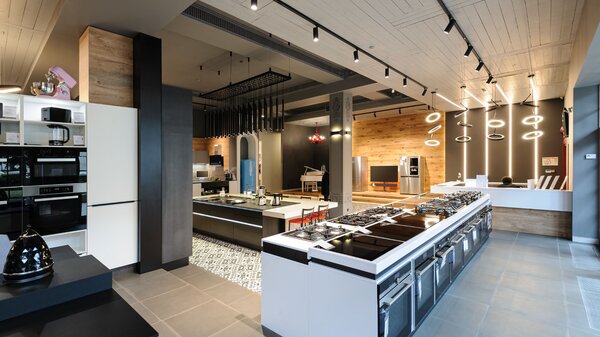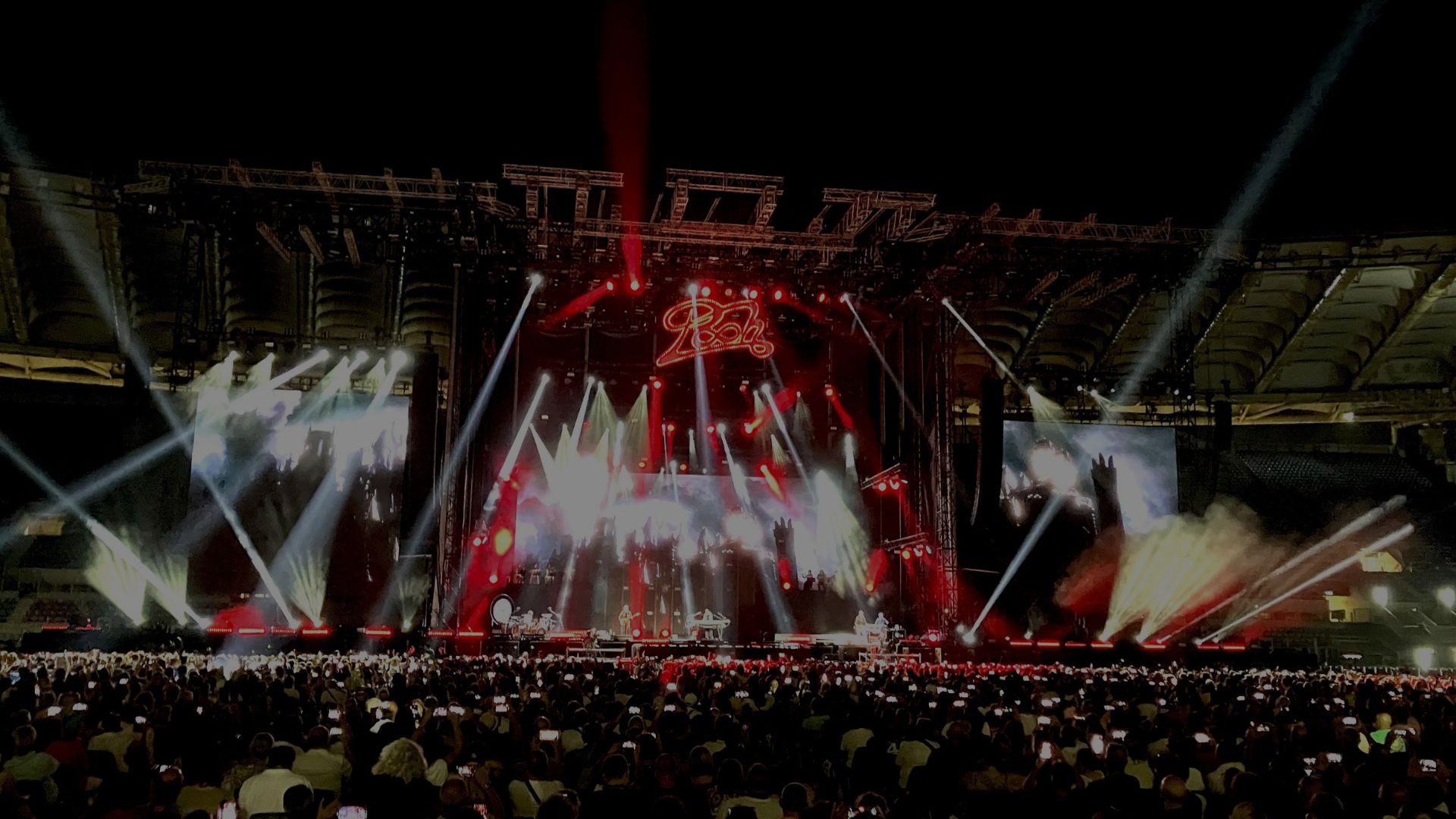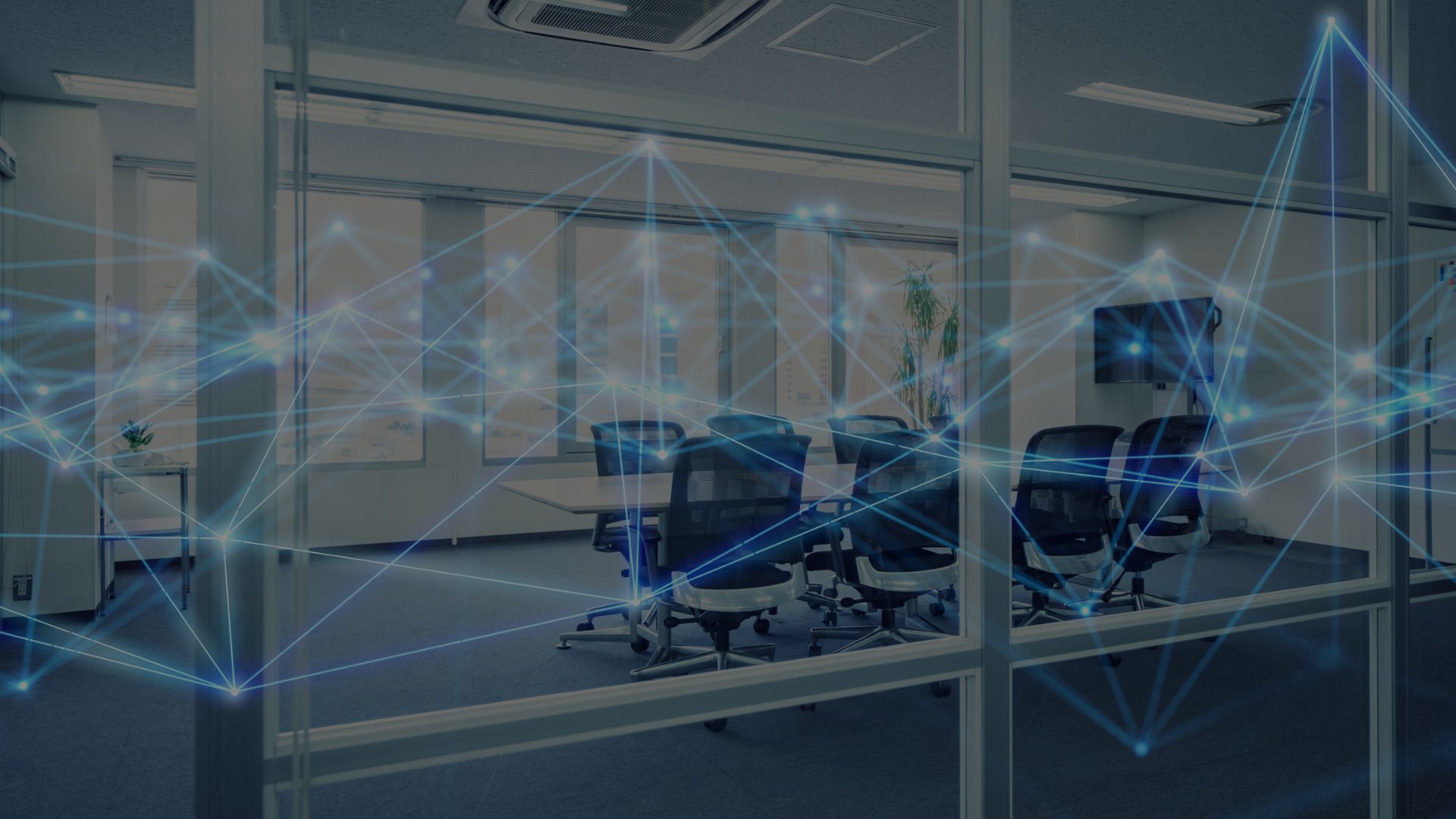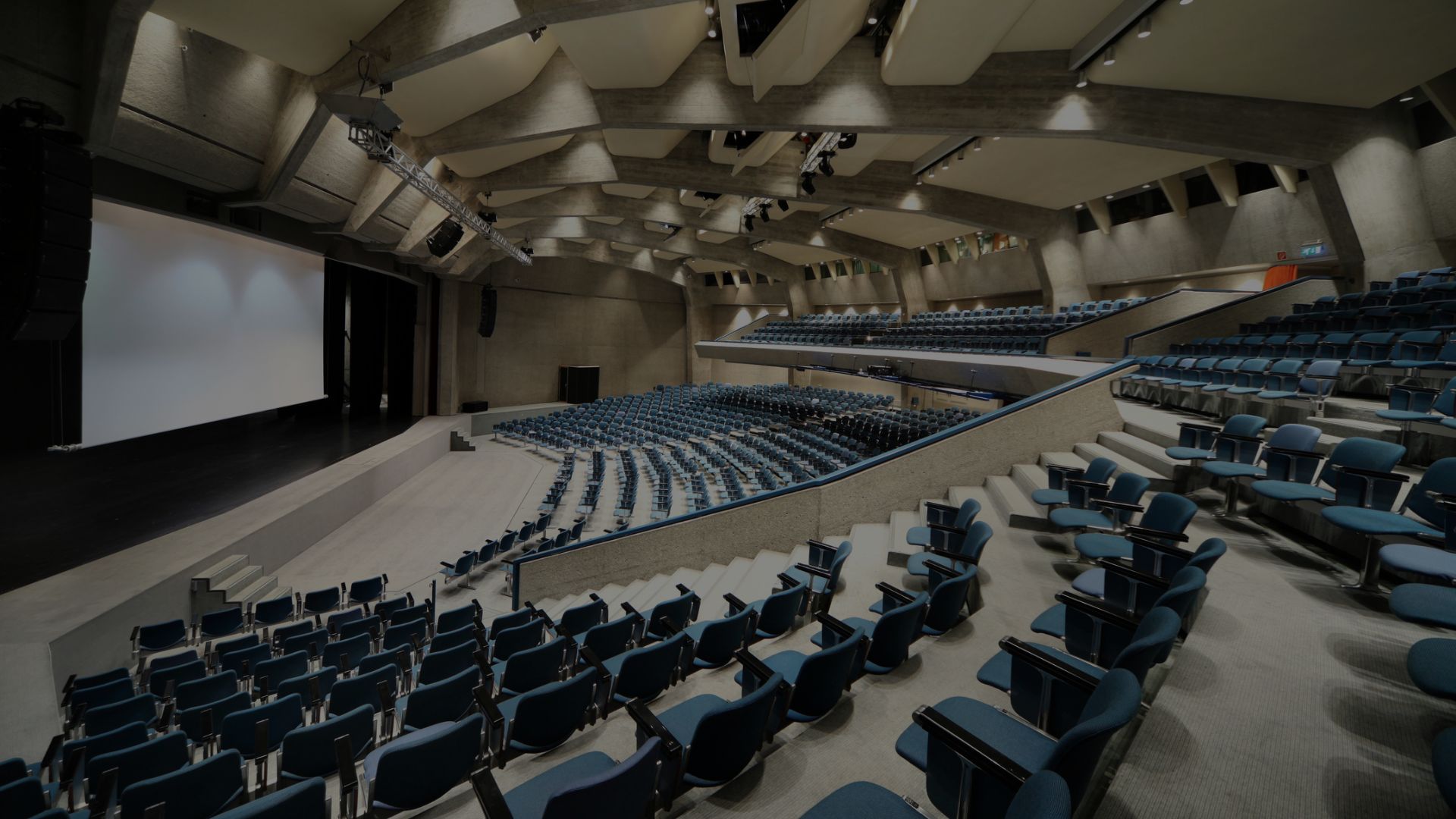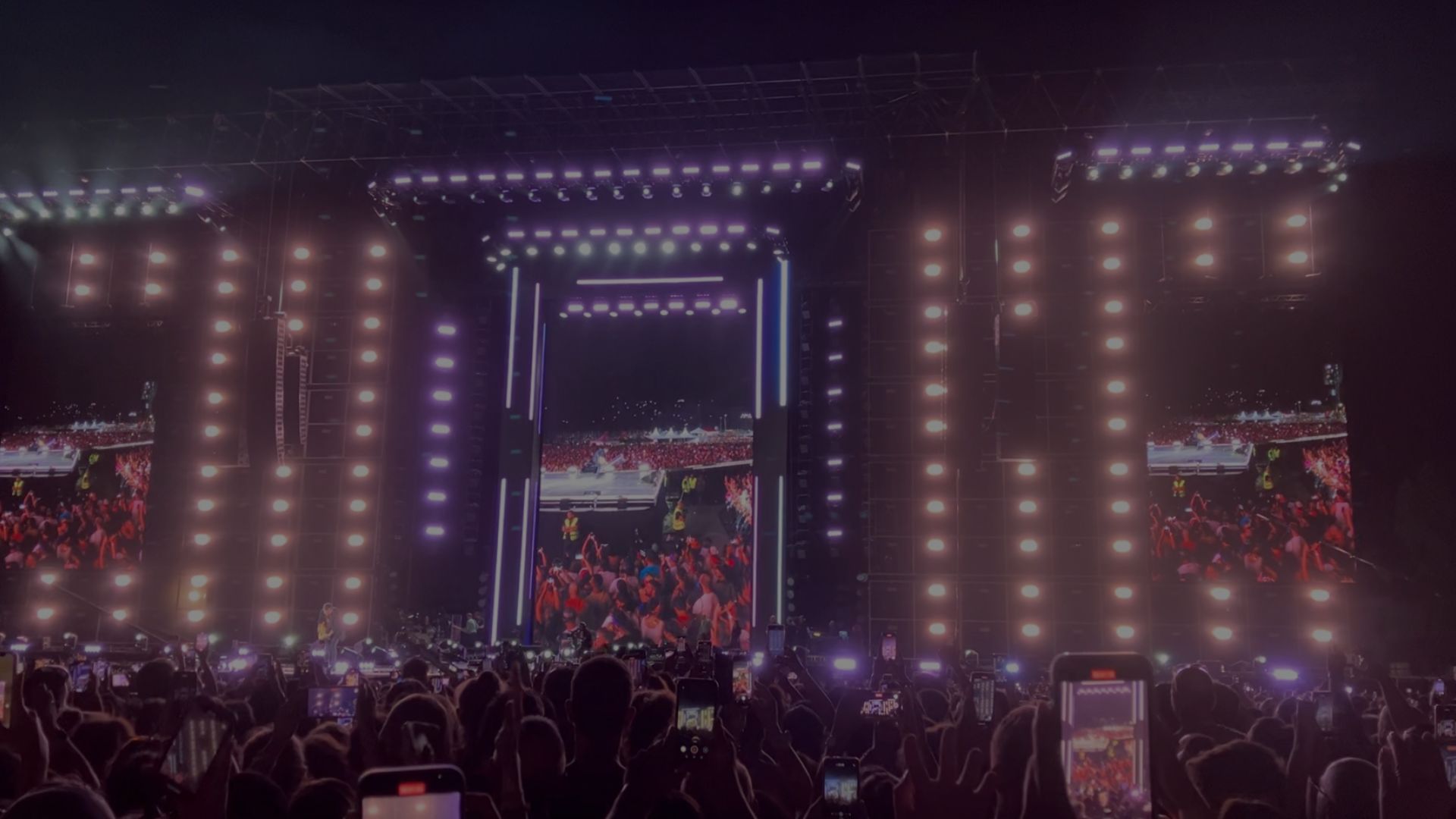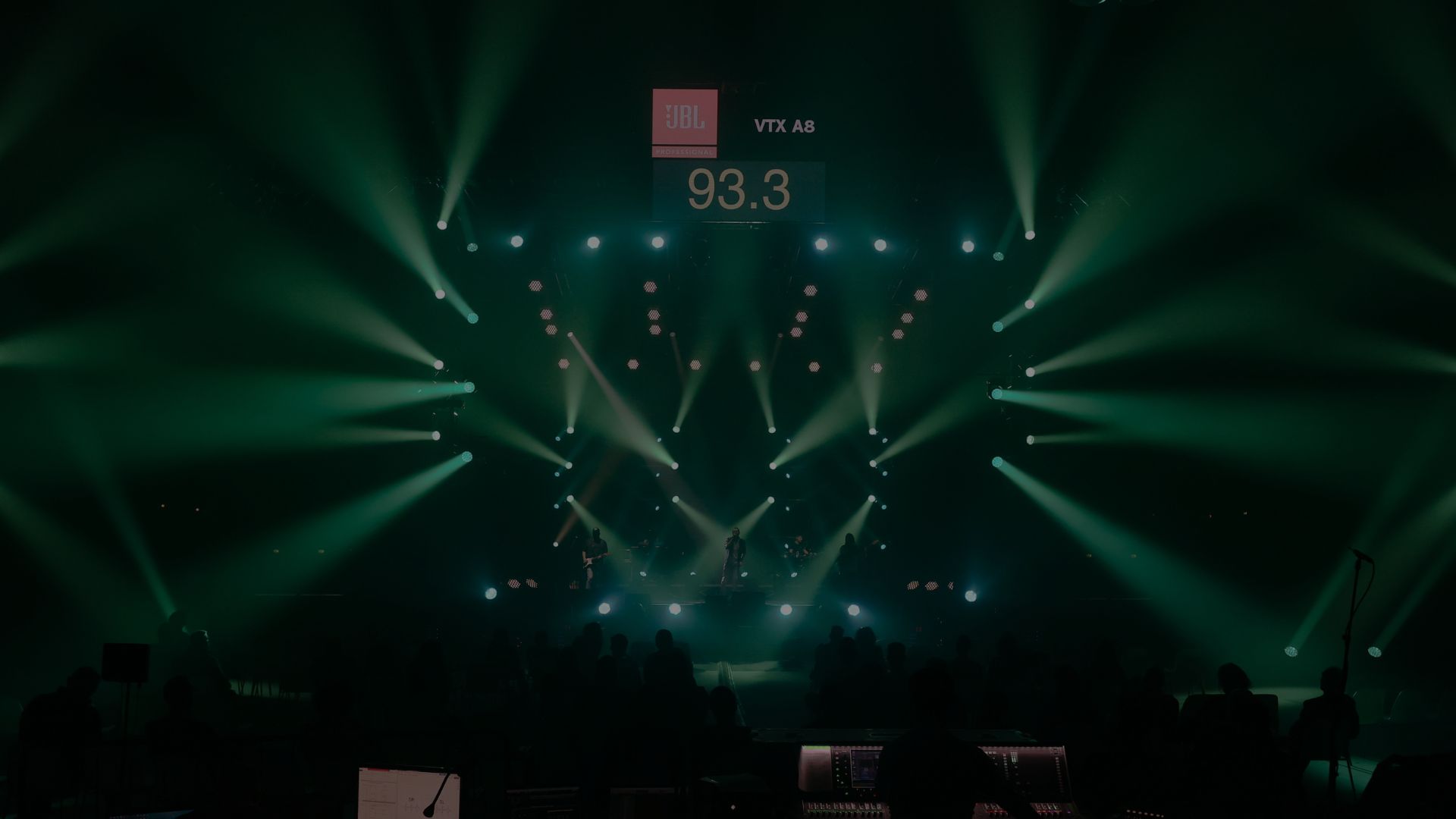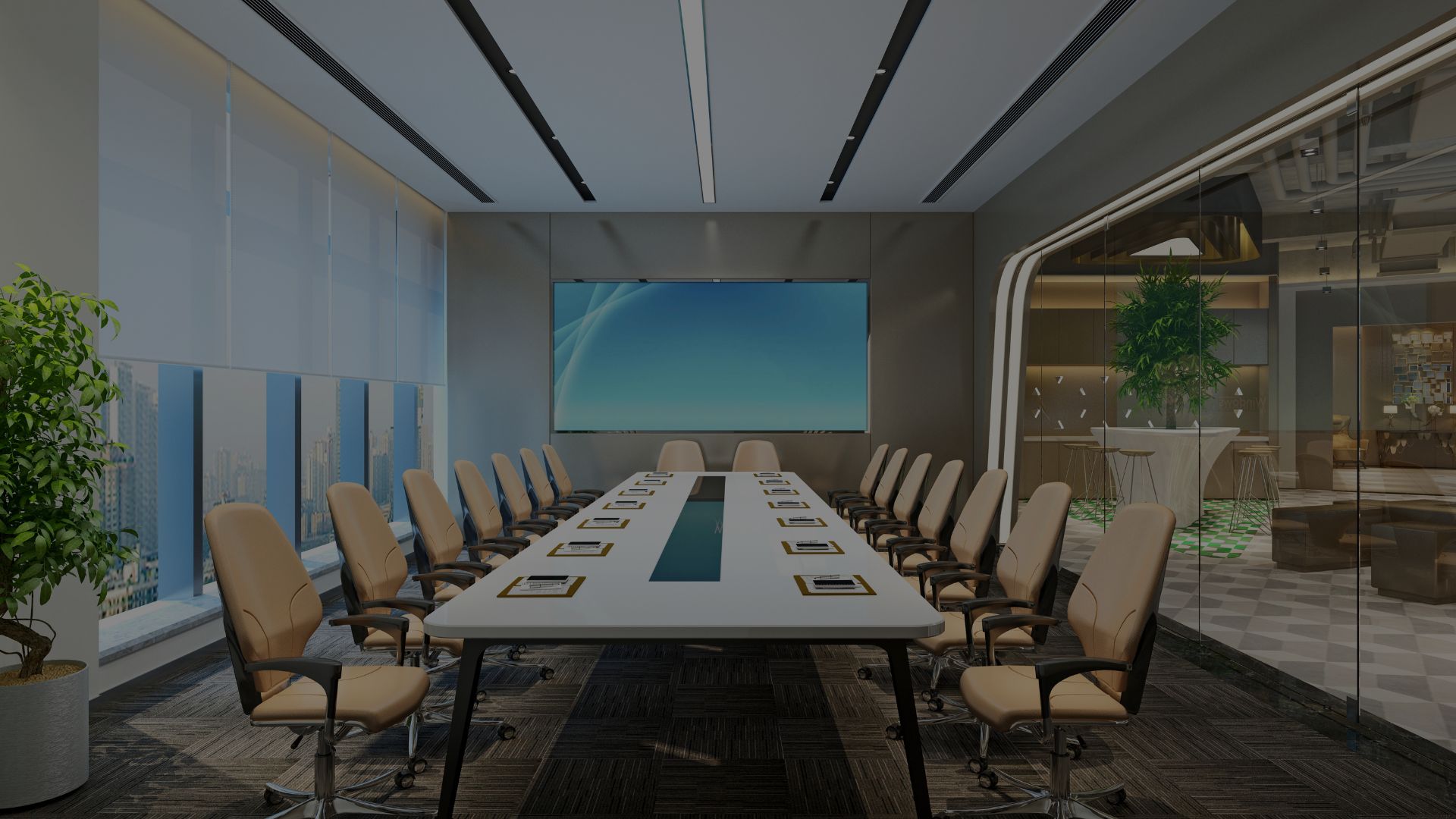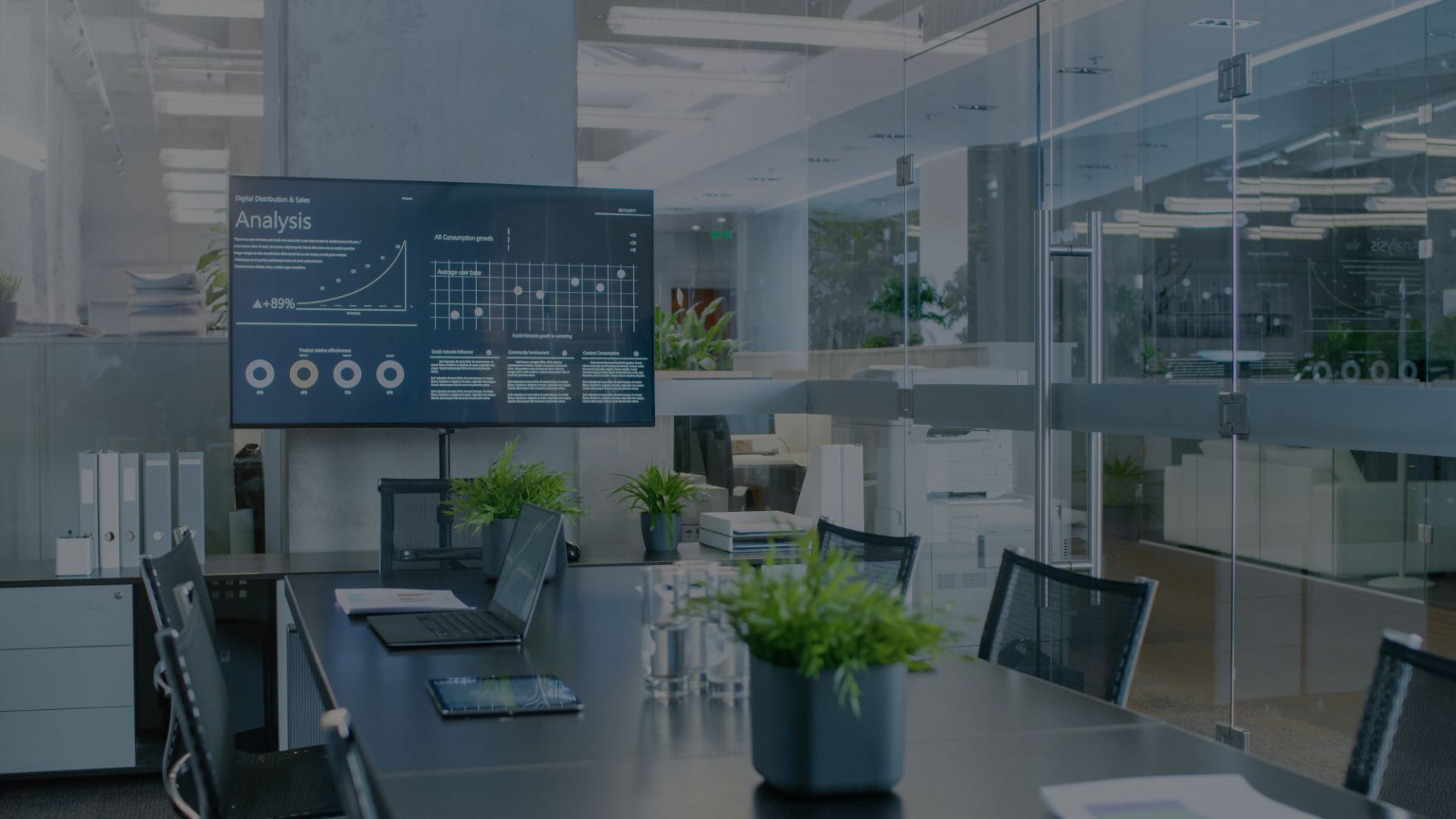Nowadays, companies are constantly looking for innovative ways to promote their products and attract customers. One tool that has become increasingly popular in recent years is the corporate showroom. But what exactly is a corporate showroom and how does it work? In this article, we'll explore this form of marketing and sales, its objectives, technologies, and the types of showrooms available.
What Is a Corporate Showroom?
A corporate showroom is a physical or virtual space where companies showcase their products or services in an engaging and curated environment. It is designed to highlight the features, benefits, and value of what the company offers to potential clients.
Corporate showrooms can vary widely—from high-end retail locations and commercial spaces to dedicated areas within the company’s headquarters.
Goals of a Corporate Showroom
Corporate showrooms serve multiple strategic purposes, including:
-
Product Display: One of the primary goals is to present the company’s products or services in a way that enhances their appeal. This can increase customer interest and boost sales.
-
Customer Experience: Showrooms offer clients the opportunity to interact directly with products or services. This hands-on experience can create an emotional connection between the customer and the brand.
-
Brand Building: Showrooms are powerful tools for reinforcing brand identity and communicating corporate values. A well-designed space helps solidify brand perception and positioning.
-
Market Research: Companies can use their showrooms to observe customer behavior, gather feedback, and understand preferences—valuable insights that can inform product development and marketing strategies.
-
Lead Generation: Corporate showrooms can be used to capture the data of interested visitors, enabling the company to follow up, nurture relationships, and drive future sales.
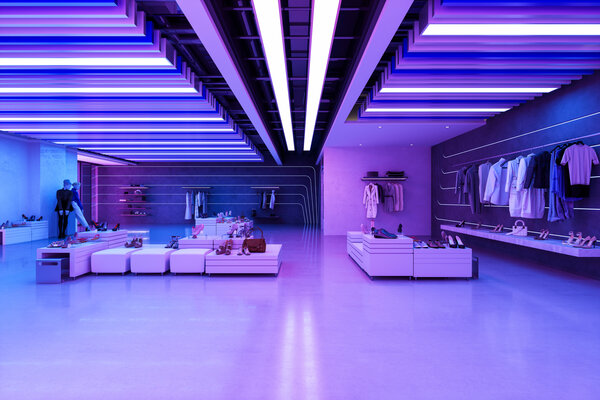
How Does a Corporate Showroom Work?
The operation of a corporate showroom varies depending on its format, but there are some common elements:
-
Design and Presentation: Showrooms are carefully designed to be visually appealing and reflect the company’s brand identity. Product layout, lighting, and furnishings are thoughtfully selected to create an engaging atmosphere.
-
Trained Staff: Many showrooms employ knowledgeable staff who can guide visitors through the experience, answer questions, and provide in-depth product information.
-
Interactive Technology: Corporate showrooms often use interactive tools such as touch screens, virtual reality, or augmented reality to deliver an immersive experience.
-
Purchase Options: Some showrooms allow customers to make purchases directly on-site, while others focus on driving traffic to other sales channels such as the company’s website.
Types of Corporate Showrooms
Corporate showrooms can take different forms depending on the company's goals and target audience. Here are some of the most common types:
-
Physical Showroom: A physical space where customers can see and touch the products. Common in industries like fashion, home decor, and furniture.
-
Virtual Showroom: Uses digital technology to replicate the showroom experience online. Customers can explore products via the company website or mobile apps.
-
Pop-up Showroom: Temporary showrooms set up in specific locations for a limited time. Often used to launch new products or support promotional events.
-
Try-and-Experience Showroom: Spaces where customers can test the products. This is typical in the automotive sector, where test drives are offered.
-
Interactive Digital Showroom: Powered by virtual or augmented reality, these showrooms provide a highly immersive environment where customers can explore products in a virtual setting.
Technologies used in a corporate showroom
The technologies implemented in a corporate showroom vary based on the nature of the company, its industry, and specific goals. However, the main objective remains the same: to create an engaging and informative experience for visitors. Below are some commonly used technologies:
-
Interactive Displays: Touchscreens or interactive panels allow visitors to explore products, access detailed information, and engage with multimedia content.
-
Augmented Reality (AR) and Virtual Reality (VR): AR and VR can be used to create immersive experiences, letting visitors visualize products in a virtual setting or interact with 3D simulations.
-
Projection and Mapping: Advanced video projection and mapping techniques can transform ordinary surfaces into dynamic visual environments.
-
High-Quality Audio and Video Systems: Premium sound and video are essential for impactful presentations and product demonstrations.
-
Internet of Things (IoT): IoT integration allows real-time product monitoring and control, as well as valuable data collection and analytics.
-
Mobile Apps and QR Codes: Custom mobile apps or QR codes can give visitors access to additional content, audio guides, or other interactive features.
-
Smart Lighting Systems: Lighting can be programmed to highlight products, adapt to different moments of the visit, or create specific atmospheres.
-
Wireless Networks and Connectivity: Reliable internet access ensures smooth interaction with online content and supports digital engagement.
-
Visitor Analytics and Monitoring: Collecting and analyzing visitor data helps companies understand customer interests and evaluate showroom performance.
-
Security Technologies: Security cameras, alarms, and other protective systems safeguard the displayed products.
-
Machine Learning and Artificial Intelligence: These tools can personalize the visitor experience by offering tailored recommendations based on preferences and past interactions.
-
Content Management Systems (CMS): A CMS simplifies the process of updating and managing digital content throughout the showroom environment.
Are you planning to design a showroom for your company? At MIR, from April 12 to 14, 2026, you’ll discover all the technologies you need.
PUBLICATION
28/11/2023
come fare

